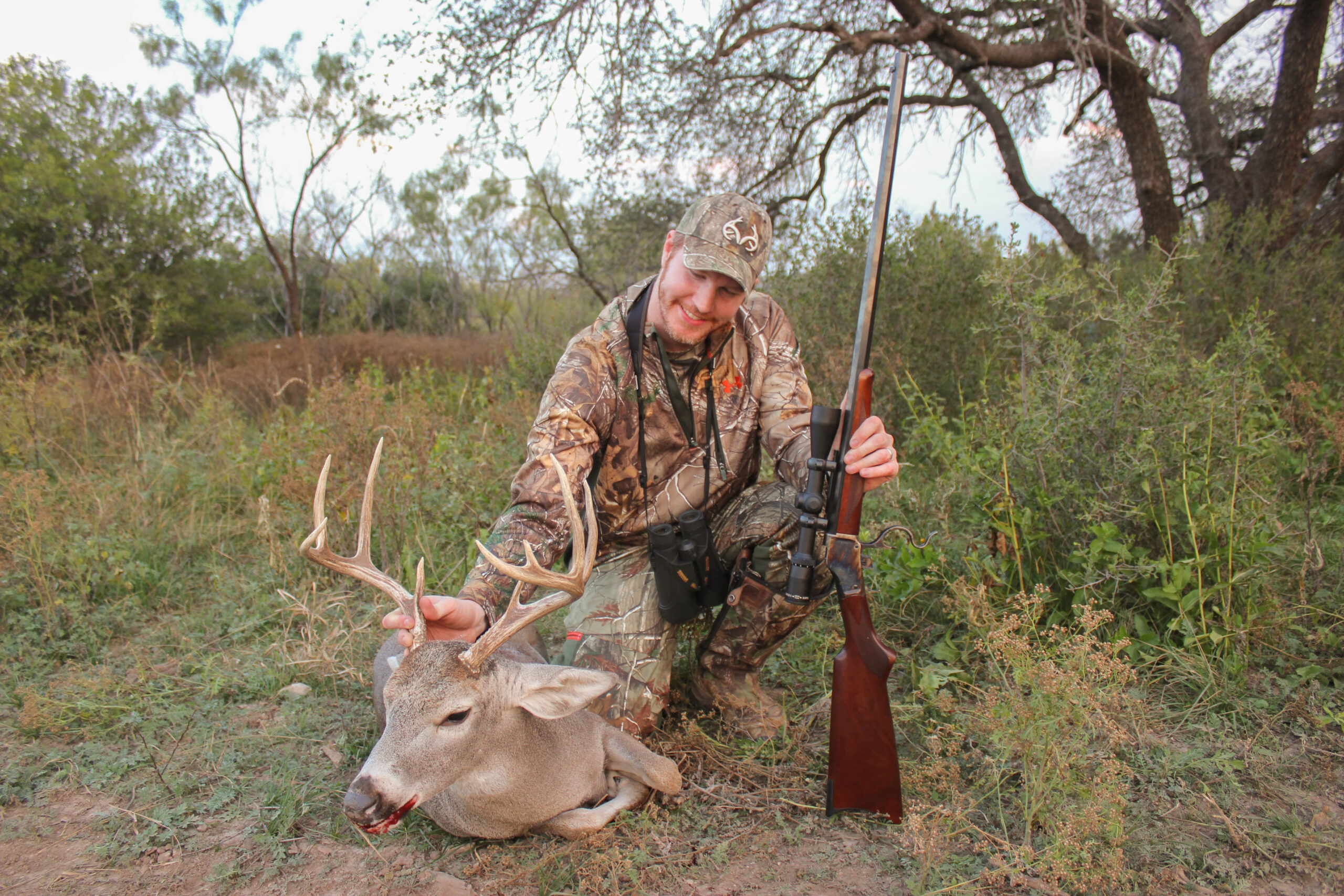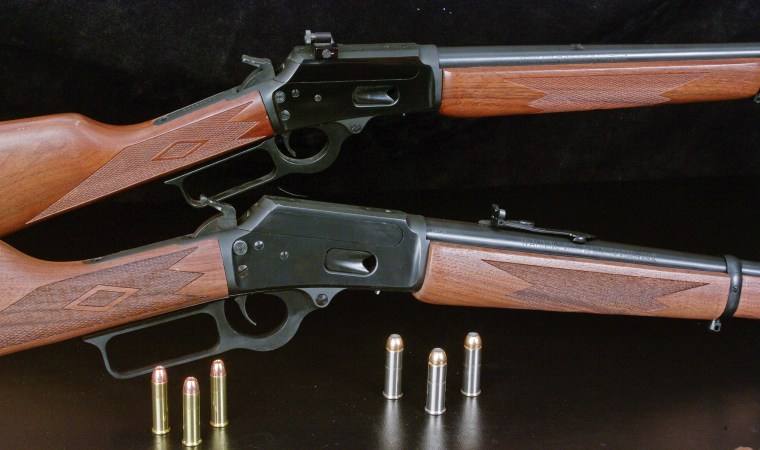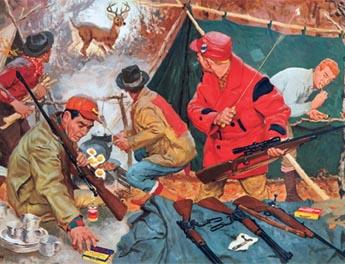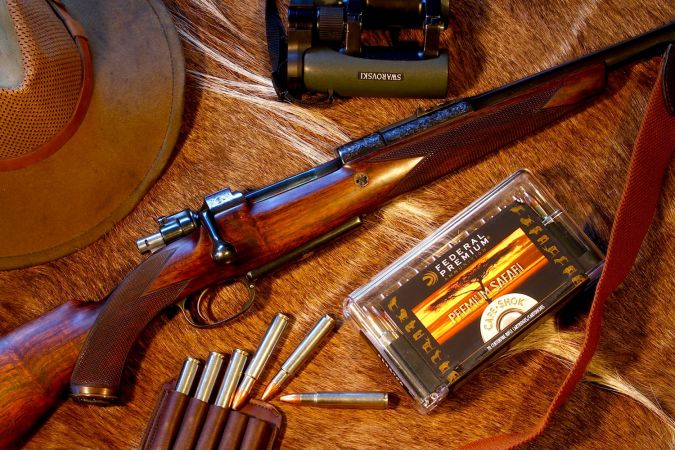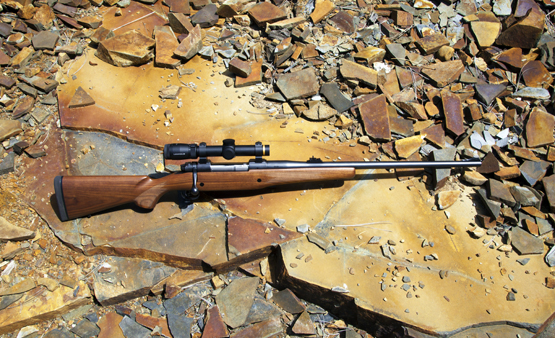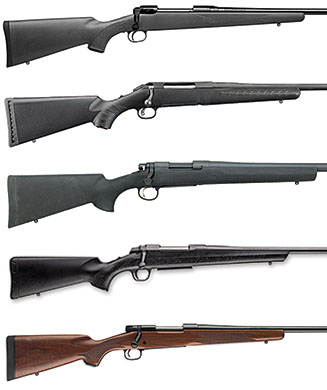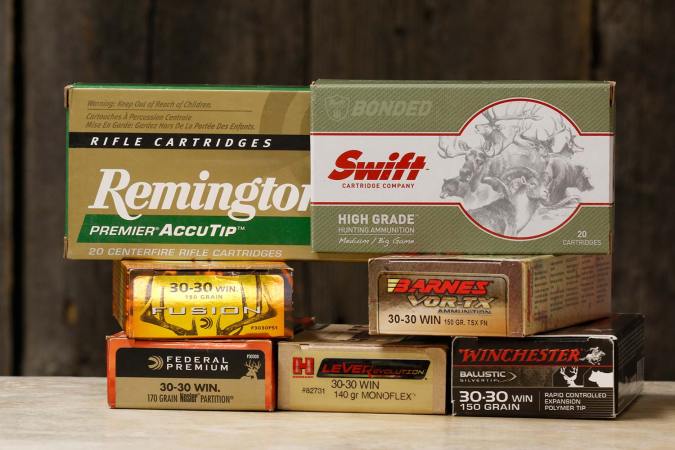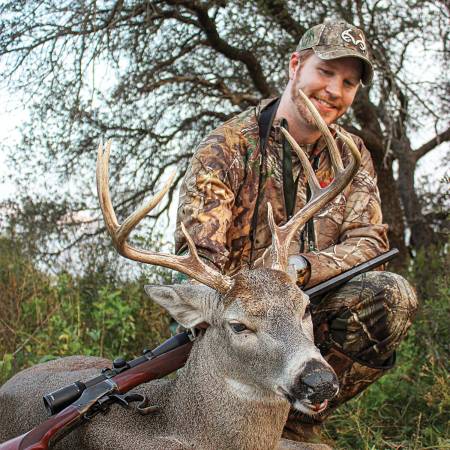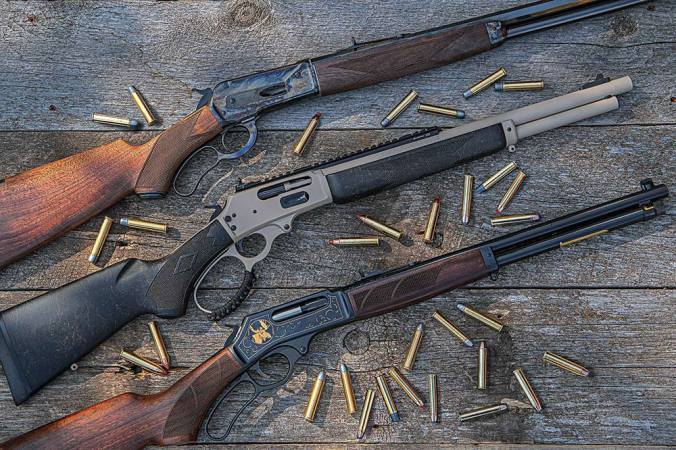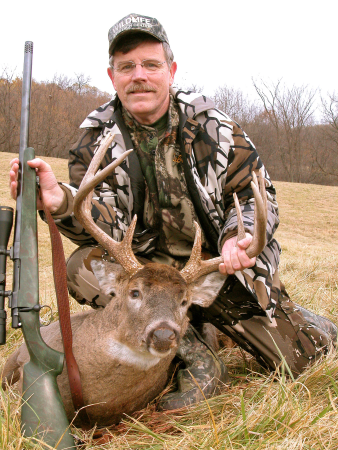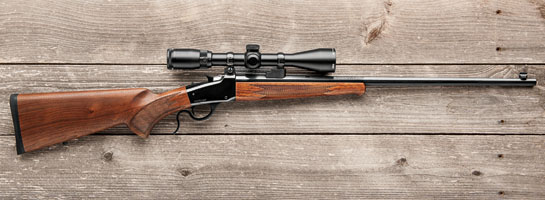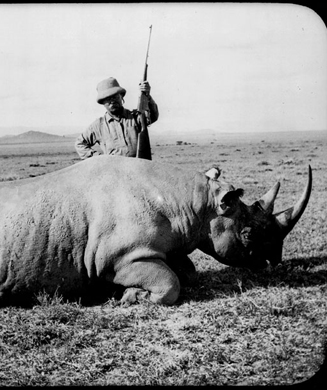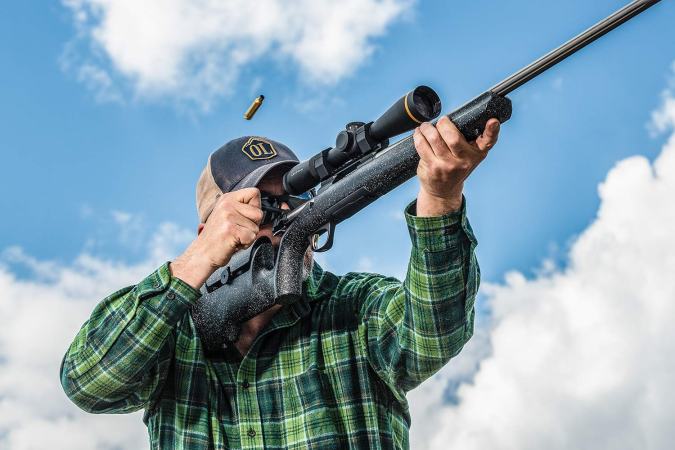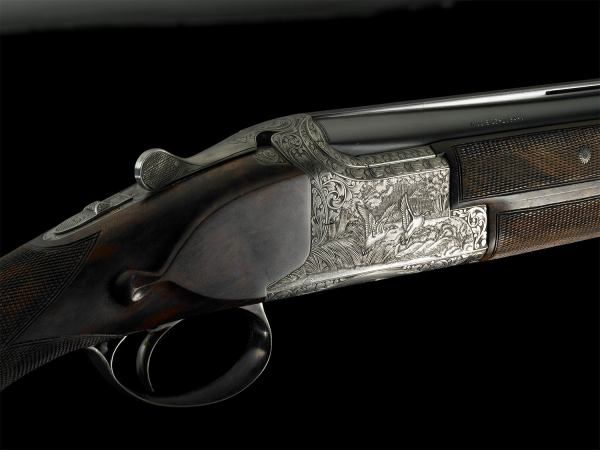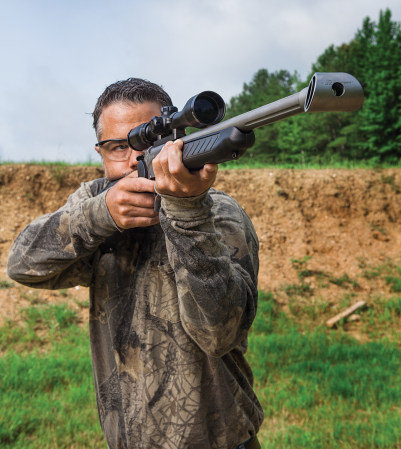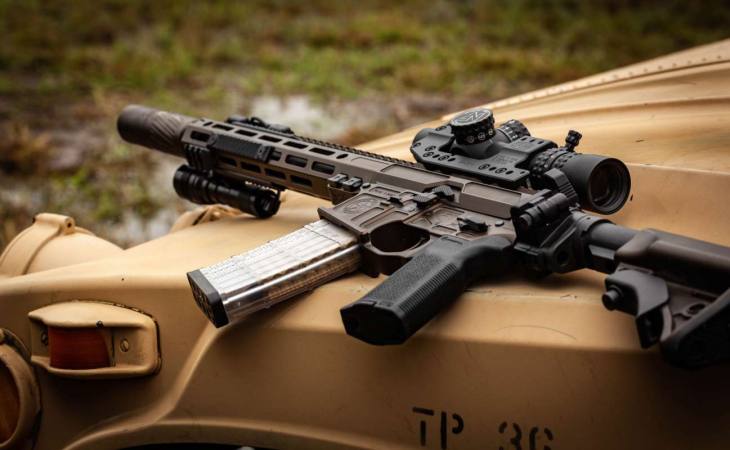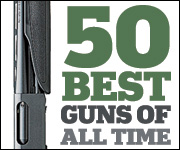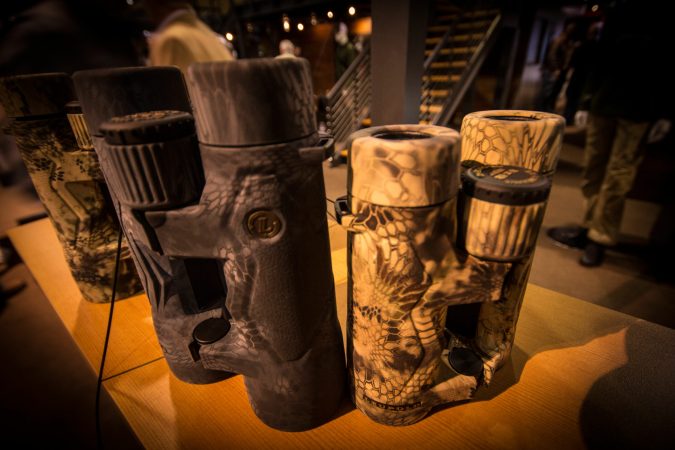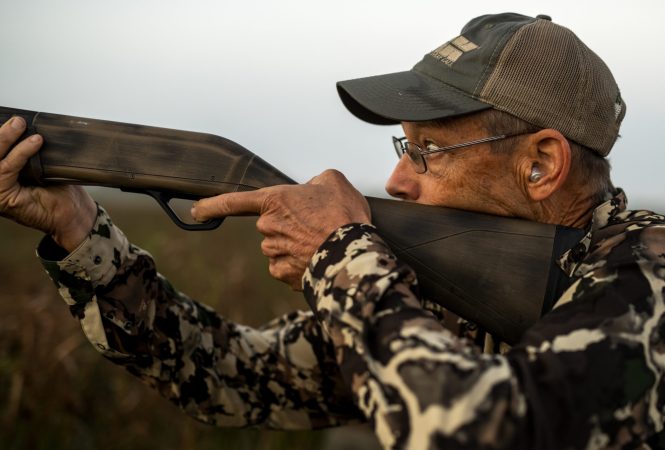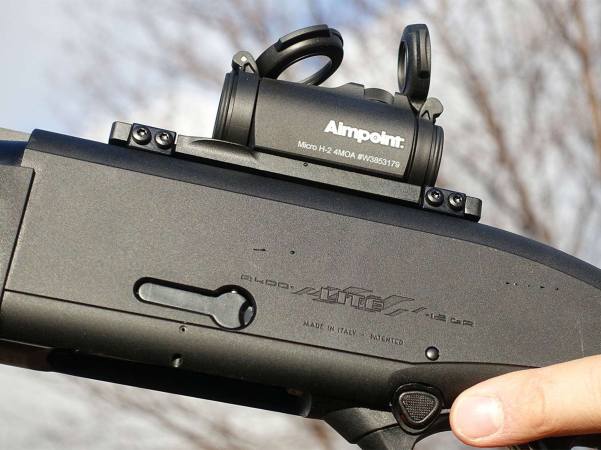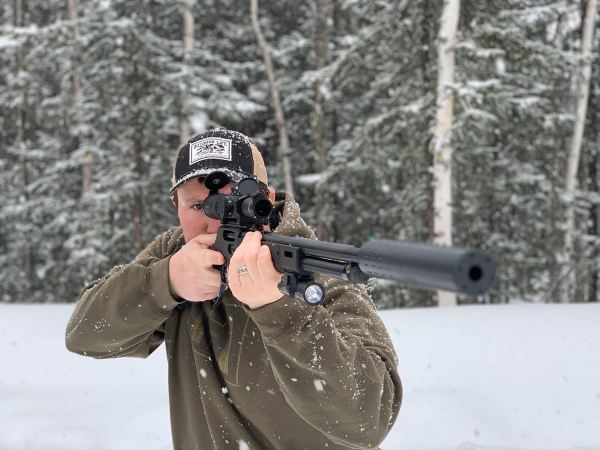We may earn revenue from the products available on this page and participate in affiliate programs. Learn More ›
I grew up in the heyday of slug gun hunting. Whitetail populations began to explode in the 1980s and 1990s, especially in suburban areas, like in my home state of Ohio. Since centerfire rifles were deemed to be dangerous for whitetail hunting in populated areas, shotgun slugs were the best option.
The sudden demand for slugs led to some improvements in their design. The Foster-style lead slug—never particularly accurate at distance—gave way to sabot slugs that could be fired through rifled shotgun barrels and kill deer out to 200 yards. Adjustable sights replaced single bead front sights, and scopes and red dots replaced adjustable sights for increased accuracy at longer ranges.
The widespread passage of laws to allow the use of straight-wall cartridges for deer hunting (Illinois is the most recent to make straight-walls legal for the 2023 season) has brought into question the future of rifled slugs and sabots. After Ohio began allowing straight-wall cartridges in 2014, interest in rifles chambered for .450 Bushmaster, .45/70, .444 Marlin, and other straight-wall cartridges grew rapidly. Likewise, lever-action and single-shot rifles chambered in .44 Magnum, .45 Colt, and other legal hunting calibers were also in high demand.
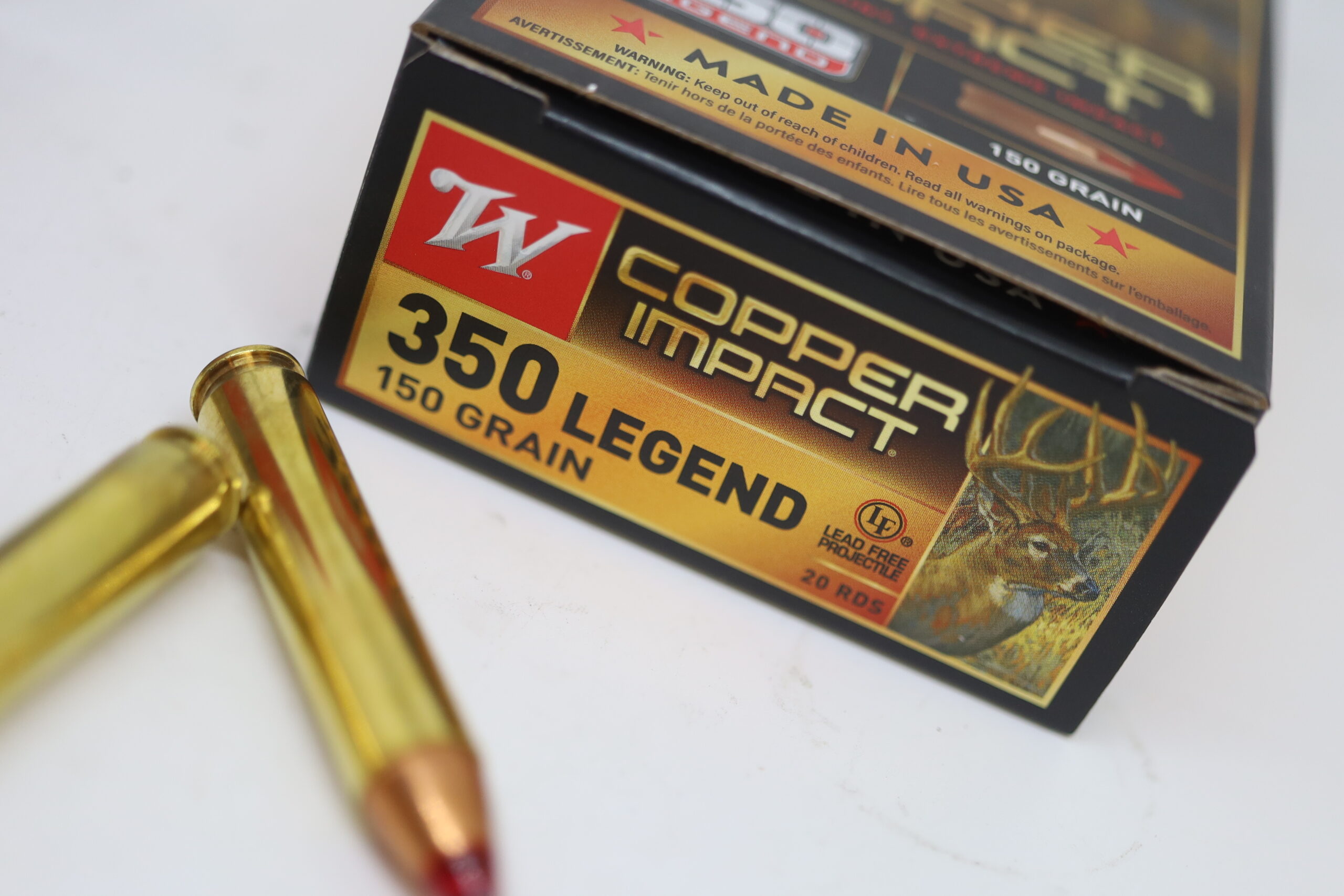
Rise of the .350 Legend
In 2019 Winchester responded to the straight-wall ammo demand by releasing the .350 Legend, a cartridge that pushed a 150-grain bullet at 2,325 fps, delivering 1,800 ft/lb. of energy at the muzzle. It dropped just 8 inches at 200 yards when zeroed at 100.
The .350 Legend is anemic compared to some bottlenecked centerfires developed around the same time, such as the 6.5 PRC and .300 PRC. But it produced enough energy to kill whitetails consistently out to 250 yards and did so without generating heavy recoil. The recoil energy produced by a 7-pound rifle chambered in .350 Legend (150 grains) is a manageable 10½ pounds, similar to that of a .30/30 of the same bullet weight. Most importantly, its 1.71-inch case met the requirement for straight-wall hunting in states like Michigan and Ohio. It was also affordable for hunters. When the .350 Legend debuted, it cost $1 per round. That price has almost doubled since, but you can still buy a box of 20 for less than $40.
Also, affordable bolt guns and single shots, like Winchester’s XPR, Ruger’s American Ranch, and the CVA Scout, were available in .350 Legend, and the cartridge could also be run in AR rifles. I’ve shot several .350 Legend rifles from different manufacturers and with different ammunition. All could shoot sub-2-inch groups at 100 yards. Some shot sub-1½ inches, and a few flirted with 1-inch groups.
Today, you can find straight-wall ammunition in a variety of offerings, and they can also be shot from several platforms, including lever-actions, handguns, semi-automatic rifles, and bolt-actions. Here is a list of the most common loads used by deer hunters:
- .44 Remington Magnum
- .357 Magnum
- .454 Casull
- .45-70 Govt.
- .460 Smith & Wesson Magnum
- .500 Smith & Wesson
- .450 Bushmaster
- .444 Marlin
- .350 Legend
- 10mm Auto
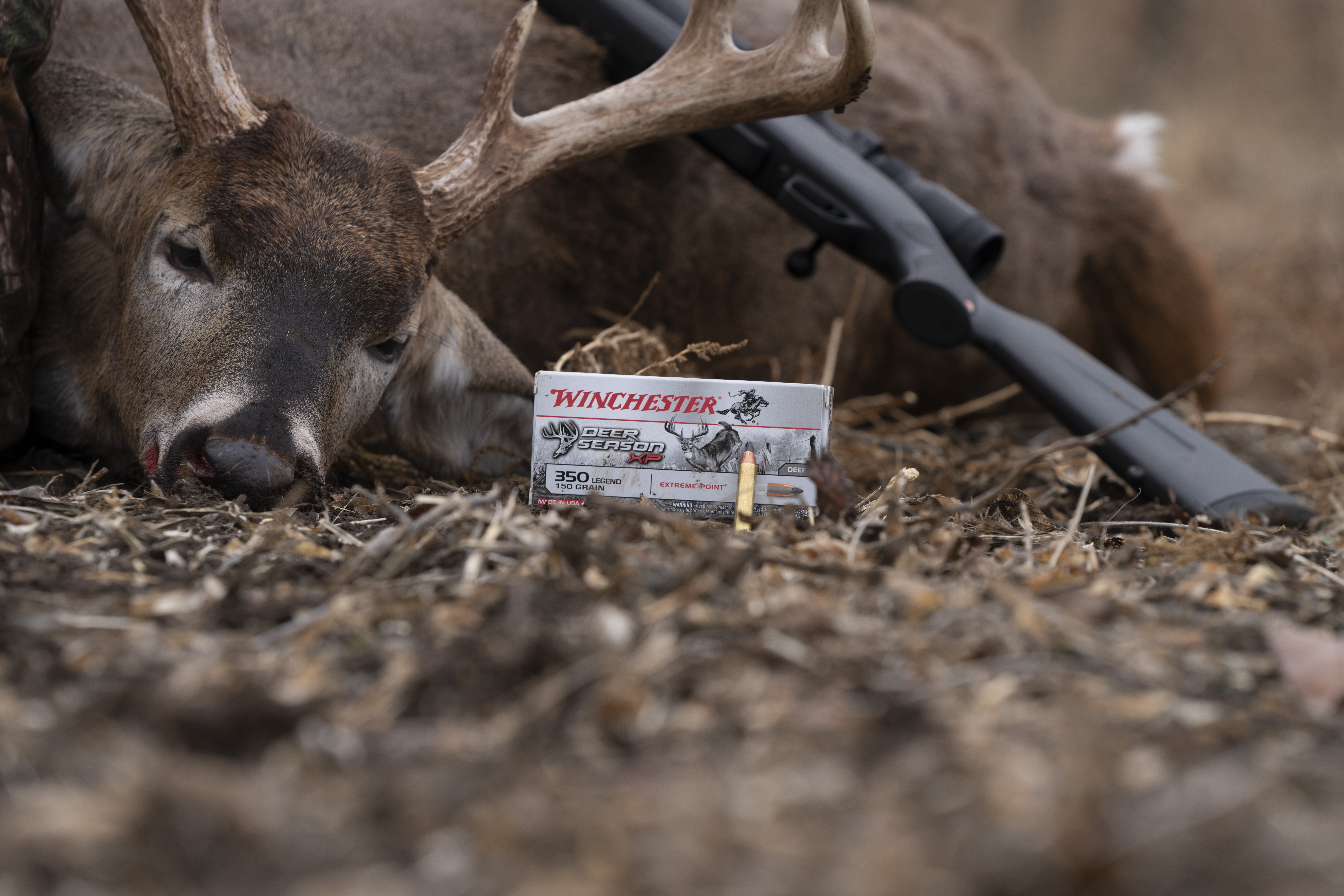
Slugs vs. Straight-Walls
Straight walls aren’t going to win any PRS matches, but you don’t need them to. You just need to be able to hit a whitetail’s vitals at 200 yards with one. For instance, during Outdoor Life’s 2019 Gun Test, the Winchester XPR chambered in .350 Legend averaged 1.89-inch, five-shot groups at 100 yards. This is not stellar accuracy for most hunting rifles, but it’s as good or better performance than you’d get out of an average slug gun. The chart below shows how the .350 Legend and .45/70 stack up against rifled slugs and sabots in terms of accuracy and recoil energy (I used Bison’s ballistic calculator to determine recoil energy).
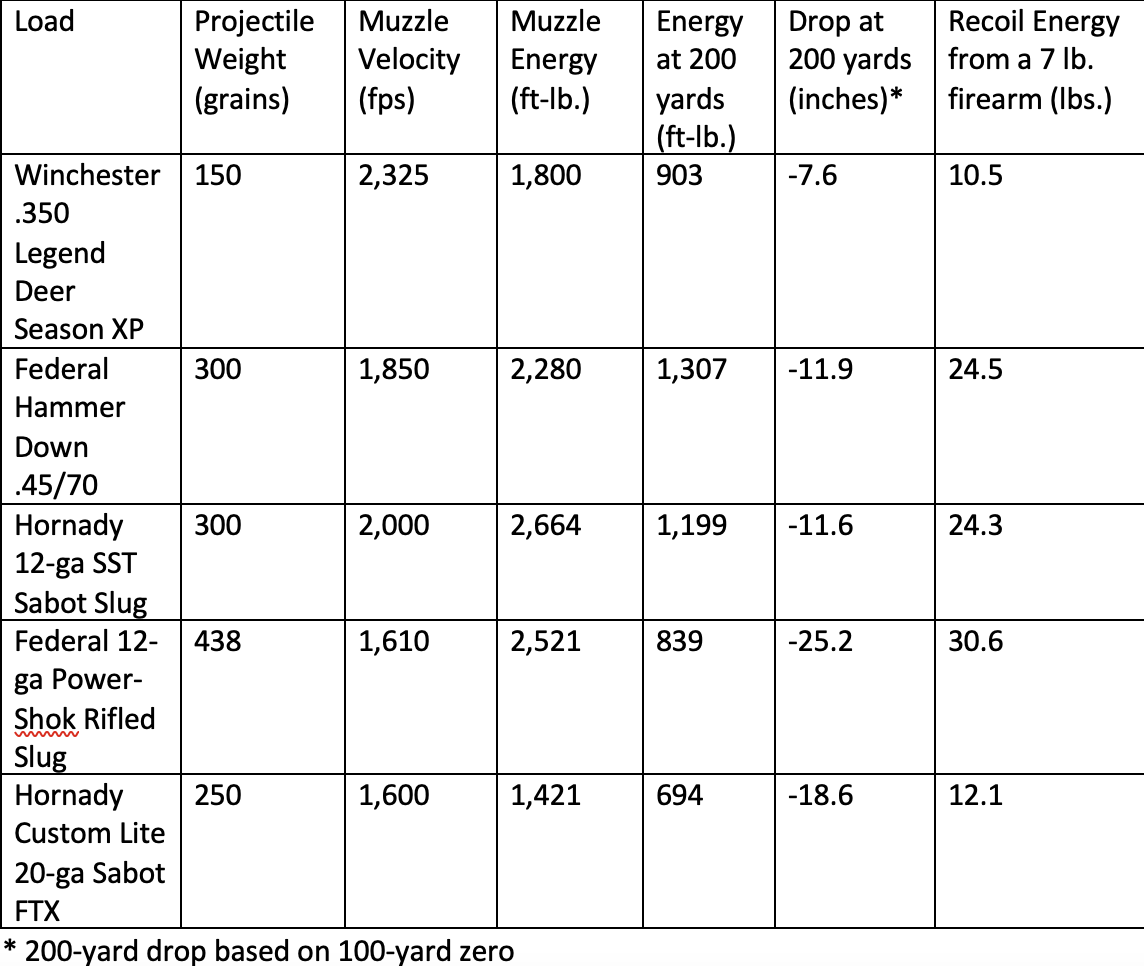
There are some interesting takeaways from the above chart. First, the .350 Legend is by far the lightest projectile on the list at 150 grains, and it has a higher muzzle velocity than any of the others. The two 12-gauge slugs both produce 700 ft.-lb. more energy at the muzzle than the .350 Legend and 240 to nearly 400 ft./lb. more than the .45/70.
However, the ballistic advantage changes at the 200-yard mark. The .350 now has more energy than the 1-ounce rifled slug from Federal and the .45/70 impacts with more energy than any other load on the list. The .350 also shoots flatter than the slugs. At 200 yards, the .350 drops only 7.6 inches when zeroed at 100 yards. The Hornady 12-gauge sabot slug drops just under a foot at 200 yards when zeroed at 100, about the same as the .45/70. Hornady’s 20-gauge Custom Lite slug drops over 18 inches, and the 1-ounce lead 12-gauge rifled slug drops more than 2 feet at 200 yards.
As you can see from the chart, the 12-gauge slugs and .45/70 produce substantially more recoil than the .350 Legend, though Hornady’s Custom Lite 20-gauge projectile produces only slightly more recoil than the .350 Legend.
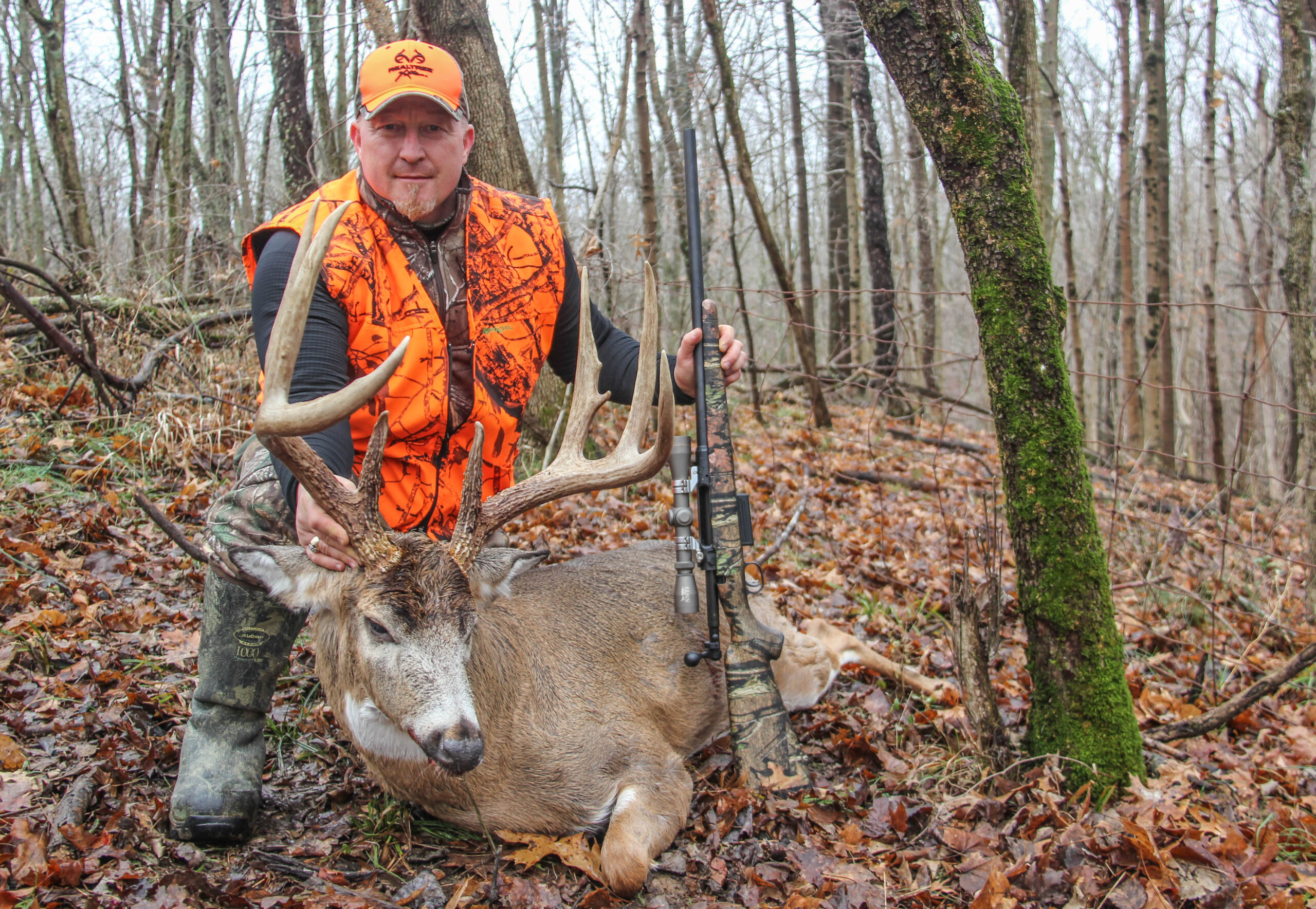
Do Slug Guns Have a Future in Deer Hunting?
It’s clear some slugs have more recoil and are ballistically inferior to straight walls, especially at distance. So other than versatility, what does shooting a slug gun really offer? That’s a good question for ammo makers, which is why I asked Winchester and Hornady where they see the future of slugs headed.
“We certainly aren’t walking away from slugs,” says Nathan Robinson, marketing manager for Winchester. Robinson says that demand for slugs is softening, but that it isn’t going away. In fact, he says, Winchester is in the process of developing new, more advanced shotgun slugs for hunters this fall.
“From a technology perspective, everyone wins from going to straight wall,” Robinson said. “However, you can keep using your slug gun and we’ll keep making the ammo that shooters and hunters want.”
Hornady’s marketing and communications manager Seth Swerczek isn’t as optimistic about the future of slug guns. But Hornady plans to continue offering slugs as demand remains.
“My answer is speculative, but I would say the slug market is indeed going to get smaller,” Swerczek says “Although, I don’t think it will happen at a fast rate. Yes, the straight-wall cartridges likely increase the effective range slightly and provide generally better accuracy at all ranges, but there are still a lot of slug guns out there and not everyone is going to jump on the straight-wall wagon all at once.”
I also spoke with a gun manufacturer that sells slug guns and straight-wall rifles. Without divulging exact numbers, the gun maker confirmed that they are seeing an uptick in straight-wall sales and a slowing of slug-gun purchases. Also the manufacturer pointed out that development of new slug guns has thinned while straight-wall rifle offerings continue to progress and evolve.
Slug Guns Still Offer Versatility
Even though straight walls are gaining traction amongst deer hunters, there is still plenty of value in owning a good shotgun. If there is a semi-auto or pump in your gun closet, there is one major advantage over a rifle: You can carry the same gun for spring turkeys, squirrels, rabbits, ducks, and geese as you do for deer season. The only extras you will need for whitetails are a rifled barrel—if you shoot sabots—and an optic for better accuracy. As someone who hunts across the country, I can also tell you It’s nice to travel with just one gun. If you go bear hunting in Maine or come to Ohio and deer hunt and want to shoot a few grouse or ducks during your trip too, you can do it all with just a shotgun.
Read Next: The Best Budget Hunting Rifles, Put to the Test
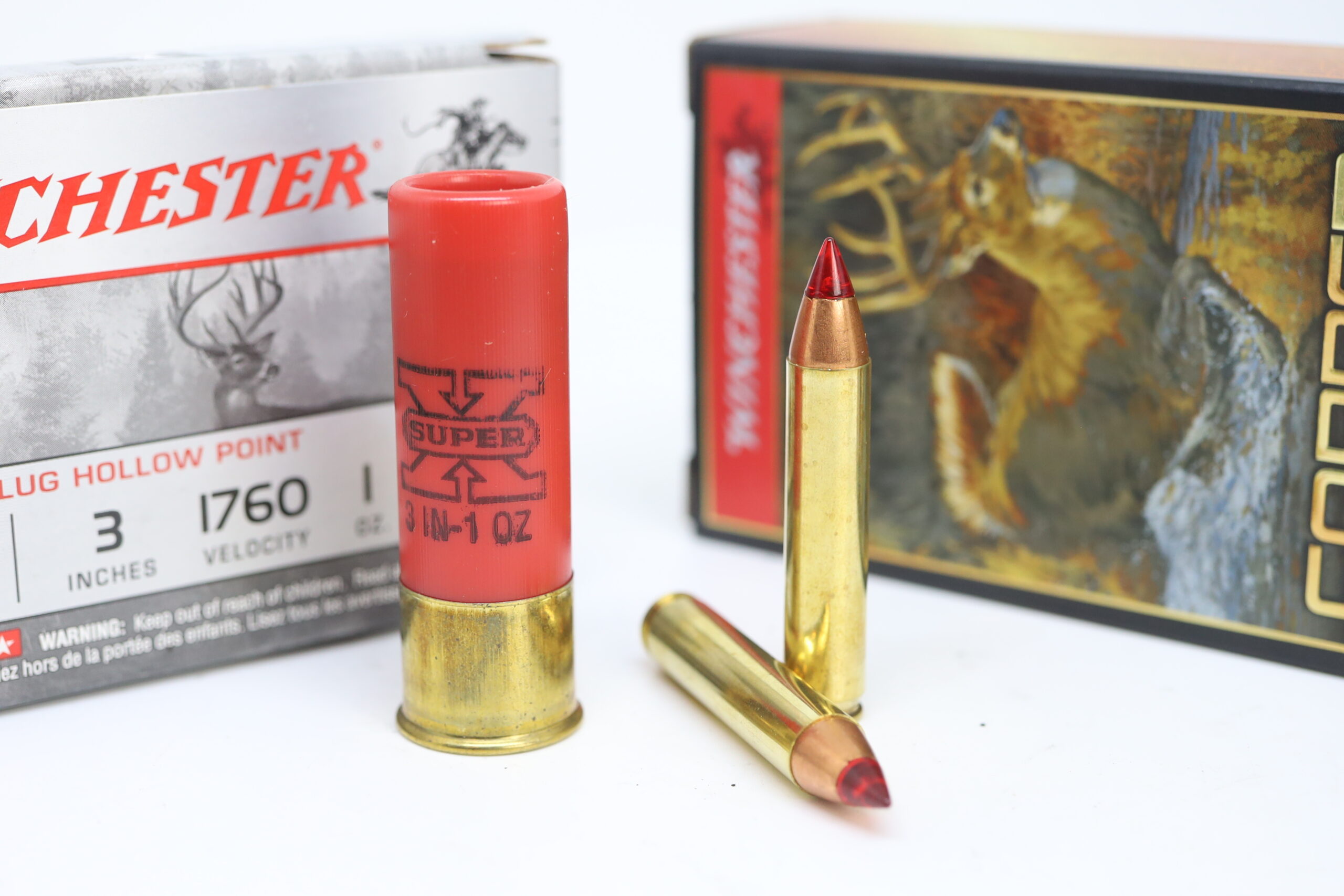
The Most Popular Straight-Wall Rifles and Slug Guns
Since deer hunters can legally shoot whitetails with straight-wall cartridges in most states, and slug guns are still being used by hunters in former shotgun-only states, here is a list of the most popular rifles and slug guns for whitetail hunters. Just remember that every state has its own set of restrictions on straight-wall cartridge size and the guns you are allowed to hunt with. So, check the regulations before you go.
